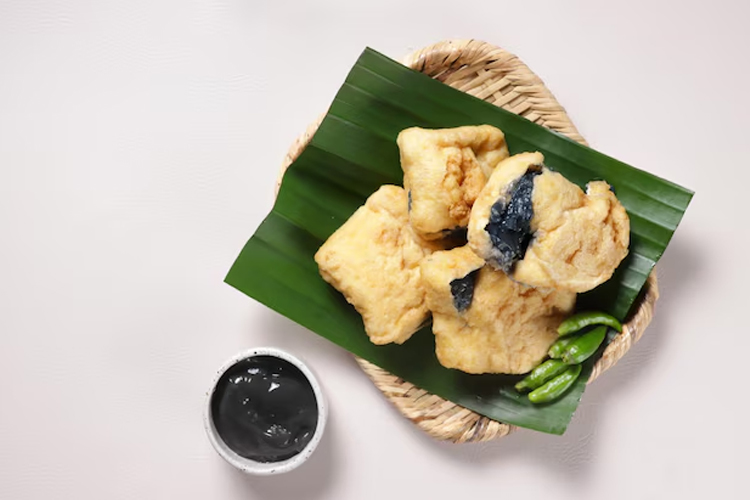TIMES SINGAPORE, JAKARTA – Javanese cuisine always captivates the hearts of culinary enthusiasts with its rich and varied flavors. One ingredient that is almost always present in Javanese dishes is petis. As an accompaniment, petis serves as a sauce that enhances the taste of various traditional dishes.
From Semarang to Surabaya, petis has become an inseparable part of Javanese dining culture. But what exactly makes petis such a perfect match for so many Javanese foods?
Petis: A Seasoning Full of History and Flavor
Petis, made from fermented shrimp or fish extract, has a distinctive taste: sweet, salty, and slightly sour. Its production process, which requires patience, results in a thick paste with a deep black color.
This sauce is often used as a base for various dishes, either as a sambal or as a complement to meals, such as lontong balap, nasi pecel, and even a bowl of soto.
Petis plays a crucial role in creating a balance of flavors in dishes. It s is not just a seasoning, but also a flavor binder. It adds depth to the taste that no other ingredient can provide.
In East Java, petis holds a special place. In Surabaya, petis is frequently used as a key ingredient in famous dishes, such as rujak cingur.
"Rujak cingur is an iconic dish that wouldn't be complete without petis. The savory and slightly sweet taste of petis creates an unforgettable impression that can't be replaced by any other ingredient," said chef Ria Wijaya, who specializes in traditional Javanese cuisine.
Petis in Javanese Dishes: An Inseparable Pair
Petis seems to be an ideal complement for various traditional Javanese dishes. One of the dishes most closely associated with petis is nasi pecel. Javanese nasi pecel typically consists of boiled vegetables served with peanut sambal, but it's not uncommon for the sambal to be enriched with petis, enhancing its flavor.
In Yogyakarta, for instance, sambal pecel with petis is a favorite among tourists. "Petis adds a dimension of flavor to sambal pecel, making it richer and more aromatic," said Darto, a nasi pecel vendor in the Malioboro area.
In addition to nasi pecel, petis can also be found in a variety of other dishes, such as fried rice, bakmi Jawa, and soto. One of the sotos that is famous for its use of petis is Semarang-style soto, known for its delicious petis broth.
In Semarang, petis is even an essential ingredient in some dishes. One of them is the iconic Semarang soto, where petis gives the broth a unique taste. Petis makes the soto taste richer, slightly sweet, and full of flavor.
Petis and Javanese Culinary Tradition: A Preserved Legacy
Although petis has been used in Javanese cooking for centuries, its existence has never diminished. In fact, more and more people are appreciating its flavor and choosing to incorporate it into their daily cooking
The sace has become a part of our culinary tradition. In many dishes, petis signifies the authenticity of the recipe.
However, with the changing times, petis faces challenges. Some younger generations have started to reduce their consumption of traditional foods, opting for more practical modern dishes.
Therefore, to preserve the use of petis, there needs to be an educational effort to raise awareness about its important role in Javanese cuisine.
Petis in Future Cuisine
While petis is now widely recognized as an ingredient for traditional dishes, there's no harm in modernizing it. Some chefs have begun experimenting by integrating petis into fusion dishes, creating new flavors while maintaining its authentic essence.
"Petis can be used not only for traditional dishes but also for modern cuisine, like burgers or even pizza," Darto added. Through creativity and a willingness to experiment, petis can remain relevant and appreciated by various audiences, without losing its identity as an integral part of Javanese cuisine.
Overall, petis is an essential element in Javanese cuisine that not only enriches the flavor but also preserves a culinary heritage that has existed for centuries. With a broader understanding of petis, it is hoped that people will become more aware of the importance of preserving this traditional ingredient in everyday cooking.
Pewarta: Nur Fitra Fitriani
Artikel ini sebelumnya sudah tayang di TIMES Indonesia dengan judul: Petis: The Legendary Touch in Javanese Cuisine to Elevate Yur Appetite
| Writer | : Khodijah Siti |
| Editor | : Khodijah Siti |

























